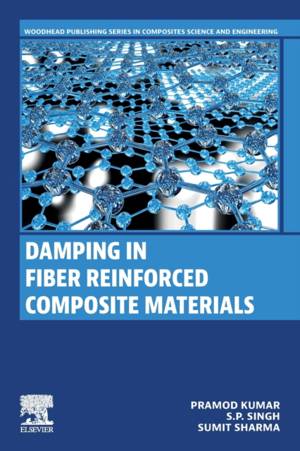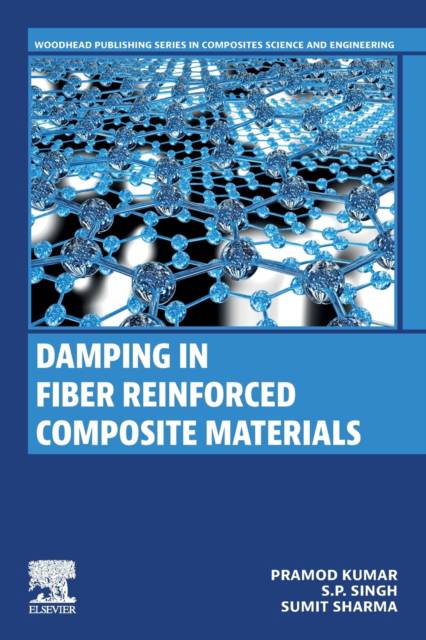
- Afhalen na 1 uur in een winkel met voorraad
- Gratis thuislevering in België vanaf € 30
- Ruim aanbod met 7 miljoen producten
- Afhalen na 1 uur in een winkel met voorraad
- Gratis thuislevering in België vanaf € 30
- Ruim aanbod met 7 miljoen producten
Omschrijving
Damping in Fiber Reinforced Composite Materials starts with an introduction to the basic concepts of damping in composite materials. Methods of modeling damping are then covered, along with recent developments in measuring techniques, both local, like polar scanning and global techniques like the Resonalyser method (based on measuring modal damping ratios of composite material plates). The effect of other factors, such as stress, strain-level, stiffness and frequency that need to be considered when determining damping behavior in composite materials are also discussed in detail.
Other chapters present a parametric study of a two-phase composite material using different micromechanical models such as Unified micromechanics, and Hashin and Eshelby's to predict elastic moduli and loss factors. A bridging model that incorporates the effect of fiber packaging factors is then compared to FEM results. Final sections cover the effect of the interphase on the mechanical properties of the composite, present a nonlinear model for the prediction of damping in viscoelastic materials, and provide practical examples of damping and principles of vibration control.
Specificaties
Betrokkenen
- Auteur(s):
- Uitgeverij:
Inhoud
- Aantal bladzijden:
- 172
- Taal:
- Engels
- Reeks:
Eigenschappen
- Productcode (EAN):
- 9780323911863
- Verschijningsdatum:
- 18/01/2023
- Uitvoering:
- Paperback
- Formaat:
- Trade paperback (VS)
- Afmetingen:
- 152 mm x 229 mm
- Gewicht:
- 235 g

Alleen bij Standaard Boekhandel
Beoordelingen
We publiceren alleen reviews die voldoen aan de voorwaarden voor reviews. Bekijk onze voorwaarden voor reviews.











